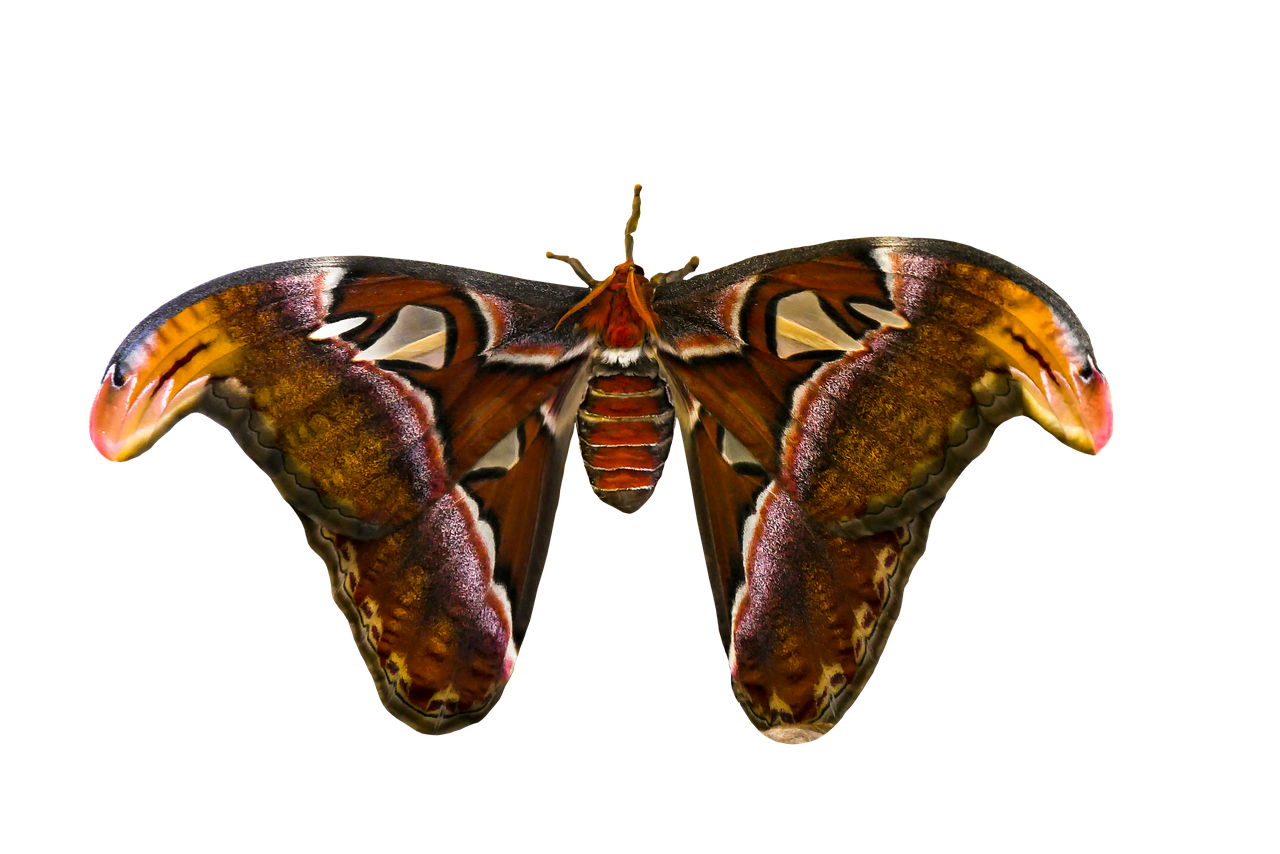In the realm of Greek mythology, the Titan Atlas is renowned for his role in supporting the sky, a heavy responsibility imposed upon him by Zeus as a consequence of his rebellion alongside the Titans against the Olympian gods. Atlas, often regarded as a symbol of endurance and wisdom, is also celebrated as an early figure in astronomy. According to Plato, he was the legendary first ruler of Atlantis and lent his name to both the vast Atlantic Ocean and a significant mountain range in North Africa, as well as large collections of maps. Notably, Atlas, whose name suggests meanings related to suffering or endurance, was the offspring of the Titans Iapetus and Clymene (or Themis) and the elder sibling of figures like Epimetheus, Menoetius, and Prometheus. He is recognized as the progenitor of the beautiful nymph Calypso and the seven Pleiades, and in some variations of the myth, he is also considered the grandfather of Niobe.
The Burden of Atlas
Atlas’s punishment from Zeus stemmed from his leadership in the Titan’s warfare against the Olympian deities. In Homer’s “Odyssey,” he is portrayed as “deadly-minded,” knowledgeable about the sea’s depths, and as one who supports the pillars that separate heaven from earth, situated far within the Atlantic. Hesiod, in his “Theogony,” further emphasizes Atlas’s role in upholding the heavens and places him in the domain of the Hesperides, the beautiful nymphs associated with singing and located at the western edge of the world. Later, historians like Herodotus linked Atlas to the Atlas Mountains in North Africa. A legendary tale recounts how, as punishment for his inhospitable nature, he was turned into a massive mountain by Perseus, who used the Gorgon Medusa’s gaze.
Atlas and Hercules: A Notable Collaboration
In addition to being a celestial bearer, Atlas is recognized as the father of numerous constellations and a fountain of wisdom, as well as the foundational figure of astronomy. A prominent myth involving Atlas includes his connection to Hercules during one of the famed twelve labors. Tasked by King Eurystheus to retrieve golden apples from the esteemed Hesperides—guarded by the monstrous hundred-headed dragon, Ladon—Hercules sought Atlas’s assistance. Acting on Prometheus’s counsel, Hercules asked Atlas (often depicted as the father of the Hesperides) to fetch the apples while he temporarily carried the world on his own shoulders, aided by Athena’s guidance.
Upon returning with the coveted golden apples, Atlas was hesitant to take back his burdensome duty of supporting the heavens. Cleverly, Hercules devised a plan to deceive the Titan into swapping responsibilities, allowing Hercules to find more comfortable support for the immense weight. Once Atlas resumed his role in holding the sky, Hercules swiftly made his way back to Mycenae, triumphantly carrying the golden apples.
Artistic Representations of Atlas
The figure of Atlas has been depicted in various forms of Greek art since the 6th century BCE, especially in scenes illustrating the labors of Hercules. One of the most notable representations can be found in a metope from the Temple of Zeus at Olympia, dating around 460 BCE, featuring him among the gardens of the Hesperides. Similarly, various designs on ancient Greek pottery often highlight his relationship with his brother Prometheus. During the Hellenistic and Roman periods, Atlas is commonly illustrated in the iconic posture of bent knees, under considerable strain as he bears the globe upon his shoulders. A remarkable example of this representation is a sculpture from the 2nd century CE, housed in the Archaeological Museum of Naples.



